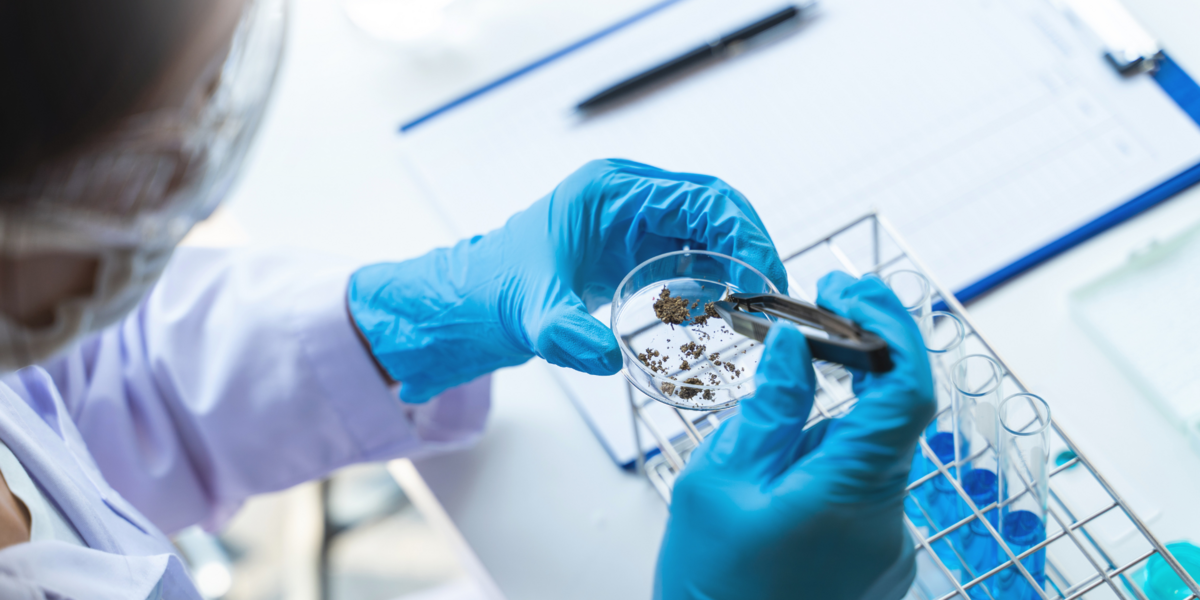
In the fall of 2024, the Ministry of Economy will start the implementation of the first long-term national research program "Innovation Fund - long-term research program" in Latvia. 22 million euros are available for the first stage of the program from 2024 to 2026.
The program is intended to support early-stage of applied science and commercial-oriented research in two promising areas of development for Latvia:
- in biomedicine, medical technology, pharmacy;
- in photonics, smart materials, electronics, electrical engineering, technology and engineering systems.
In the field of photonics and smart materials, technologies and engineering systems, the main tasks are the development of solutions for optics, photonics, microelectronics, microfluidic devices, smart materials, data transmission and communication technologies, sensors and engineering systems, robotics and future internet of things.
Institute of Solid State Physics, (ISSP UL) is one of the top research centres of funtional materials for electronics and photpnics, nanotechnologies, nanocomposites, thin layers and coating technologies.
The program plans to create a platform created by research organizations of these two fields, which will closely cooperate with the Latvian industry representing the relevant field, in order to form a joint order of the state and industry for research work and to select perspective research projects together with foreign experts, while applying flexibility in project monitoring.
The long-term national research program created by the Ministry of Economy is planned to be implemented in several stages in cooperation with the Latvian Science Council. For the first stage from 2024 to 2026, 22 million euros are available to the Ministry of Economy. For the next three stages, it is possible to increase the funding by eight million euros annually - a total of 24 million euros in each three-year stage.
Minimum results of the program to be achieved by 2032:
- one research platform established;
- at least 45 technologies and prototypes have been developed, including at least 30 technologies that correspond to the 5th and 6th technology readiness level;
- at least five new commercialized technologies, including prototypes.